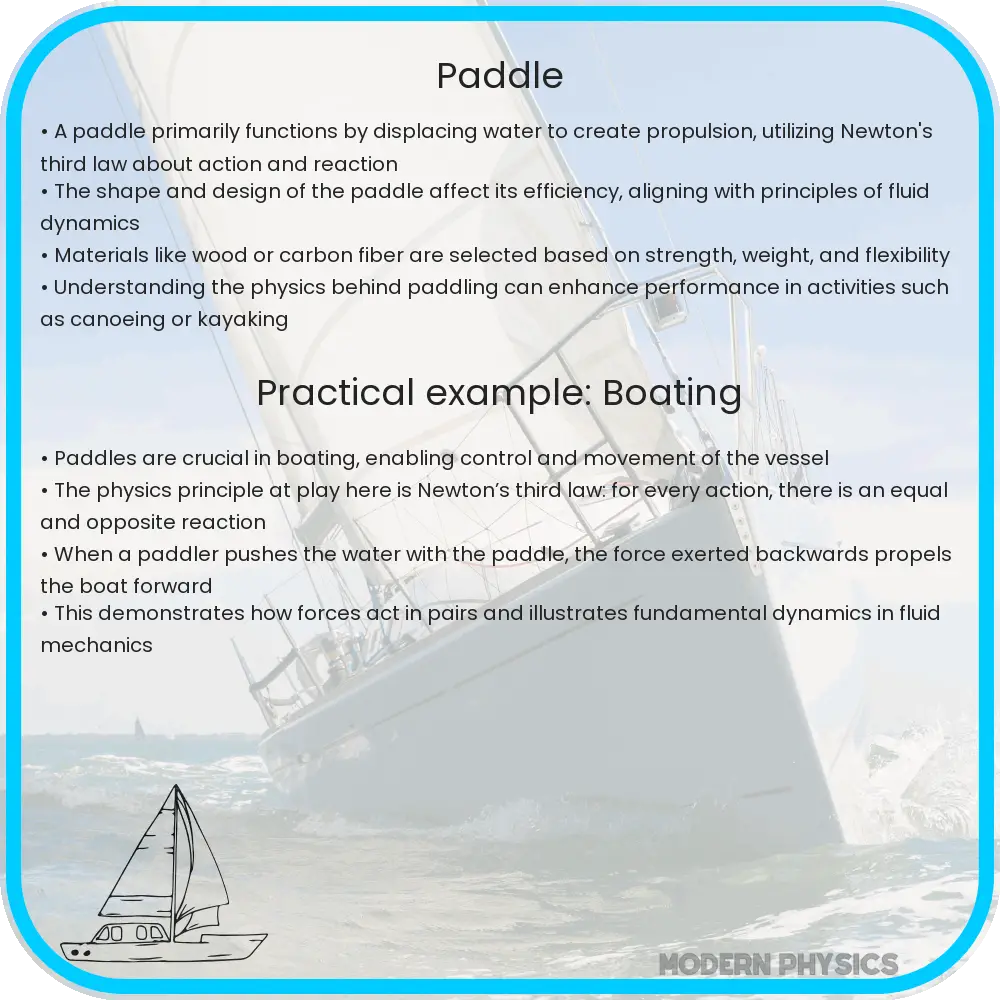Explore efficient paddle techniques, kinematics, and tips for increasing speed in kayaking and canoeing, enhancing your paddling skills and endurance.

Paddle Techniques for Enhanced Efficiency and Speed
The art of paddling, whether in kayaking, canoeing, or stand-up paddleboarding, revolves around mastering efficient stroke techniques, understanding kinematics, and enhancing speed. This article delves into these aspects, offering insights and practical tips to improve your paddling skills.
Understanding Efficient Stroke Techniques
Efficiency in paddling is paramount. It’s not merely about the power you exert but how effectively you use that power. An efficient stroke minimizes energy wastage and maximizes forward motion.
- The Catch: This is the initial phase where the paddle blade enters the water. A good catch is quiet and creates minimal splash. Ensure the blade is fully submerged for maximum efficiency.
- The Power Phase: Following the catch, the power phase involves pulling the paddle through the water. Keep your arms relatively straight and rotate your torso, engaging your core muscles for added power.
- The Exit: Conclude your stroke by lifting the blade out of the water near your hip. A clean exit prevents drag and maintains the momentum.
Exploring the Kinematics of Paddling
Kinematics, the study of motion without considering forces, is crucial in understanding paddling dynamics. It involves analyzing the movement of the paddle, arms, and torso during each stroke. By optimizing these movements, a paddler can achieve greater efficiency and speed.
- Joint Angles: Pay attention to the angles at your wrists, elbows, and shoulders. These joints play a significant role in transferring power from your body to the paddle.
- Body Rotation: Effective paddling requires more than arm strength; it involves rotating your torso. This rotation increases the stroke’s length and power, reducing arm fatigue.
- Stroke Rate: The rate at which you paddle (strokes per minute) affects your speed and endurance. Balancing a high stroke rate with efficient technique is key.
Improving speed in paddling is not just about paddling faster; it’s about paddling smarter. Incorporating these techniques into your routine will enhance your paddling efficiency, leading to better performance and more enjoyable experiences on the water.
Enhancing Paddling Speed and Endurance
Speed in paddling is a function of both technique and physical conditioning. To enhance your paddling speed, it’s crucial to focus on both aspects.
Training for Paddling Speed
Training specific muscle groups is essential for improving paddling performance. Focus on building strength in your core, shoulders, and arms. Exercises like planks, push-ups, and rows can be particularly beneficial.
- Interval Training: Alternate between high-intensity paddling and rest periods. This type of training improves cardiovascular fitness and endurance, allowing for sustained high-speed paddling.
- Distance Training: Long, steady paddling sessions help build endurance. These sessions should be at a moderate pace, focusing on maintaining consistent technique over longer distances.
Equipment and Environmental Factors
The type of paddle and boat you use can significantly affect your speed. Lighter, narrower boats are faster but less stable, while wider boats offer more stability at the cost of speed. Similarly, the paddle’s length and blade size should match your strength and paddling style.
- Boat Design: Choose a boat design that suits your skill level and the type of paddling you’ll be doing (racing, touring, recreational).
- Paddle Selection: A lighter paddle reduces arm fatigue, while a larger blade can increase power but also requires more strength.
- Environmental Awareness: Be mindful of wind, currents, and tides, as these can greatly impact your speed and the effort required to paddle.
Conclusion
Paddling is a blend of art and science, requiring a combination of technique, physical fitness, and an understanding of the environment. By mastering efficient stroke techniques, understanding the kinematics of movement, and training for endurance and strength, paddlers can significantly improve their performance. Additionally, selecting the right equipment and being aware of environmental factors are crucial for achieving optimal speed and efficiency. Whether you’re a beginner or an experienced paddler, incorporating these elements into your practice will lead to a more rewarding and effective paddling experience. Remember, the key to successful paddling lies in the harmony of power, technique, and endurance, all coming together to create a smooth, efficient, and enjoyable journey on the water.
